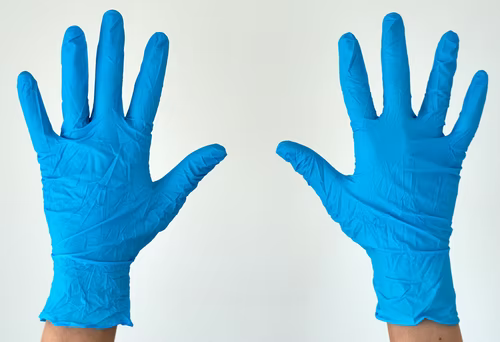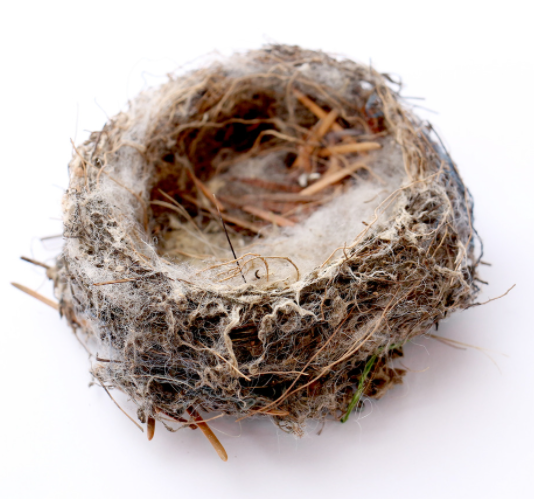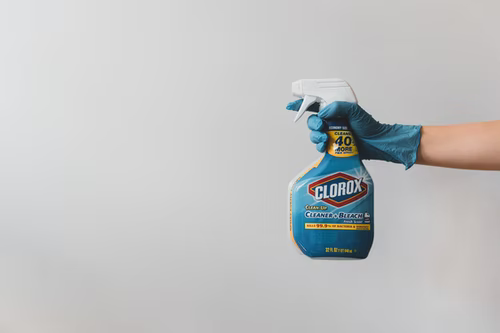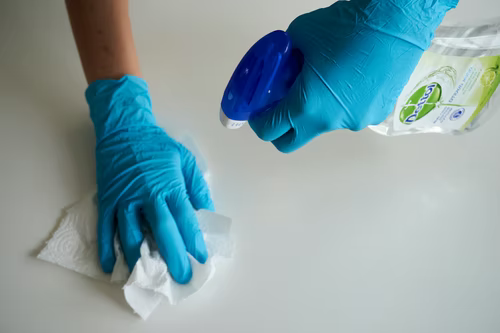Some people may become aware of a wildlife invasion in their living quarters after witnessing the animals firsthand. Other instances might consist of suspicions being raised by foul odors or the sound of scratching in the walls.
Home wildlife infestations require specific courses of action. Following recommended infestation clean-up directions ensures that you and others within your living quarters aren’t compromising health and safety.
Once you remove wildlife from your home, you’re going to need to decontaminate the areas impacted by the animal presence. A home inspection shines a light on sections of your home that suffered wildlife damage. Specific rates of damage are dictated by the species’ living occupying location and the amount of time they spent within the space.
It’s vital that you adhere to certain precautions while decontaminating areas of your home impacted by wildlife. These animals, their urine, and their droppings can transmit a number of diseases. We’re going to highlight how you can safely remove wild animal urine, droppings, and nesting materials before you decontaminate a space.
How to Safely Clean Up Wildlife Urine and Droppings

Personal protective equipment (PPE) stands as a barrier between you and potentially infectious wildlife bodies and waste. Your first line of defense against wild animal bacteria is wearing rubber or latex gloves. Professionals tend to utilize higher levels of PPE while cleaning a home area that’s been damaged by wildlife presence. These extra layers of PPE can include rubber boots, protective goggles, and disposable clothing items. Be sure to disinfect your PPE after cleaning and disinfecting your living quarters.
Evaluate your home for any signs of wildlife activity before starting your cleanup and disinfection efforts. If you find a dead animal, you can spray the animal with a home disinfectant or bleach and water mix before letting the solution soak for five minutes. Once this five-minute interval is over, you can place the animal in a plastic bag, seal the bag, and place that bag in a second sealable bag that’s labeled as “infectious waste.” Your last steps involve disposing of the bags in a trashcan before removing your gloves, disinfecting the gloves, and washing your hands.
If there’s no evidence of active wildlife or deceased wildlife within a home area, wait around five days before beginning your cleaning process. When it’s time to begin, open any nearby windows, if accessible, to let the environment’s air out for thirty minutes. You won’t need to be present during this half-hour period.
Sweeping or vacuuming droppings, urine, or nesting materials can lead to dust stir-ups. You’ll want to avoid these stir-ups so your home’s air remains as clean as possible. When you locate droppings or urine, you can spray them with the aforementioned bleach and water solution or household disinfectant before letting the spray sit for five minutes.

After waiting five minutes, it’s time to remove these elements with a paper towel or rag before disposing of them in double sealable bags. Don’t forget to disinfect your PPE and wash your hands when all is said and done.
How to Remove Wildlife Nests from Your Home
Similar to removing wildlife droppings or urine, you’ll need to wear rubber or latex gloves when disposing of wildlife nests. Spray any wild animal nest with a household disinfectant or bleach and water solution and let the spray soak for five minutes. You can place nesting materials in a sealable bag before placing the first bag in a second sealable bag. Finalize the removal process by dropping the bags in a trash can, removing and disinfecting your gloves, and washing your hands.
Removing a wildlife nest from your home won’t stop future animals from attempting entries. Once you clean out wildlife nests within your living quarters and disinfect the area, you can install barriers that prevent future animal entries.
How to Disinfect Wildlife-Impacted Living Quarters
Are your floors dirty from a recent run-in with wildlife? Get a head start on sanitizing your floors with a household disinfectant or bleach and water solution that’s applicable through spray or mopping. You can deactivate viruses within your home’s countertops, cabinets, and drawers by spraying these disinfectant options.

If you find open insulation within your home where wildlife used to be, the insulation may be contaminated. Any insulation contaminated with urine or droppings should be double-bagged in sealable bags and disposed of before you clean your gloves and hands.
How to Streamline Your Los Angeles Animal Infestation Cleanup Needs
Do these cleaning steps seem stressful? You can hire Animal Capture Wildlife Control to quickly solve your home’s wildlife problem. Our company provides the Los Angeles area with wildlife inspections, wild animal removal, decontamination after wildlife removals, and proofing of potential animal home access points.
Give Animal Capture Wildlife Control a ring at 310-551-0901, so we can bring your living quarters back to a happy and healthy state.
